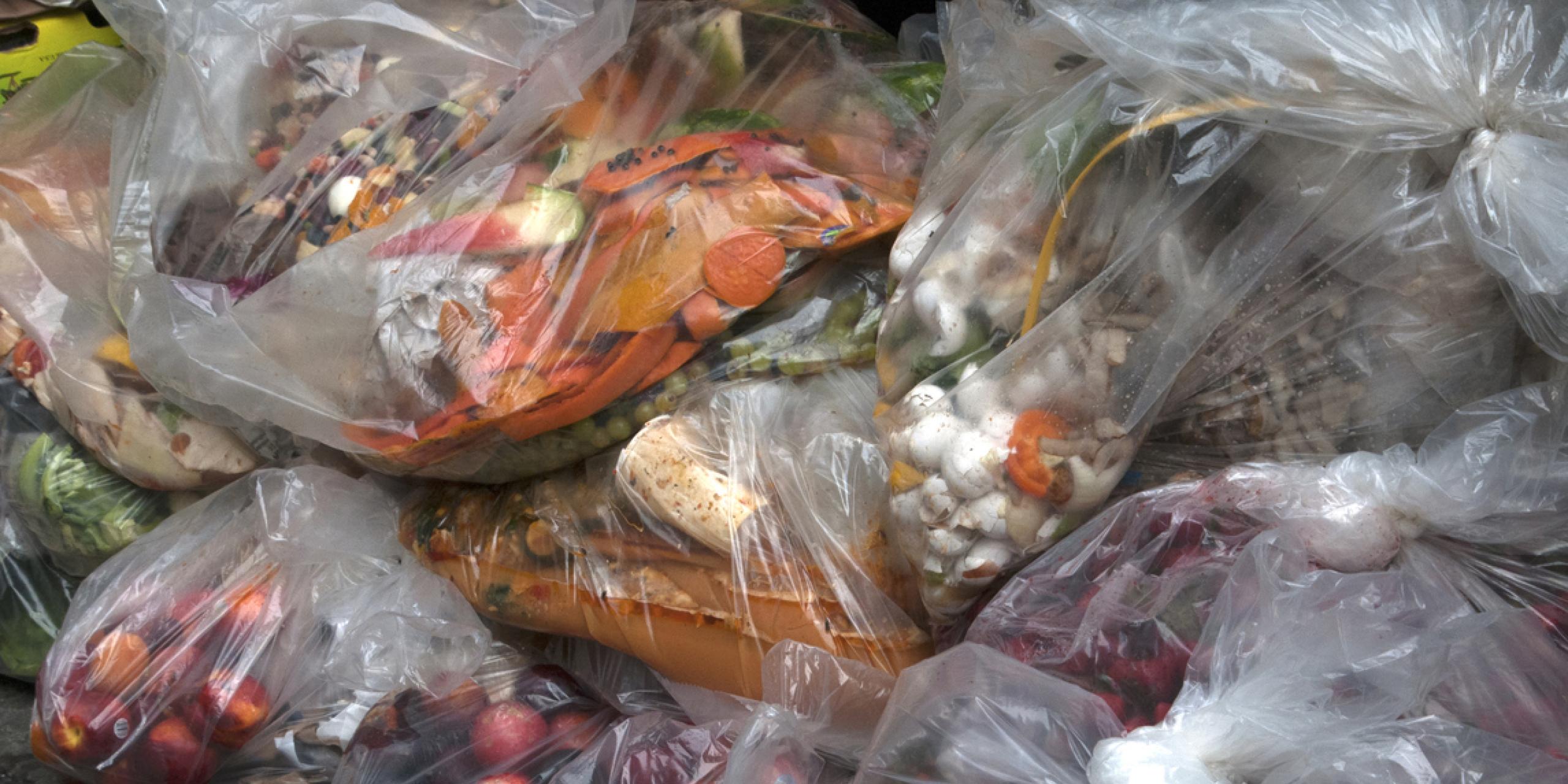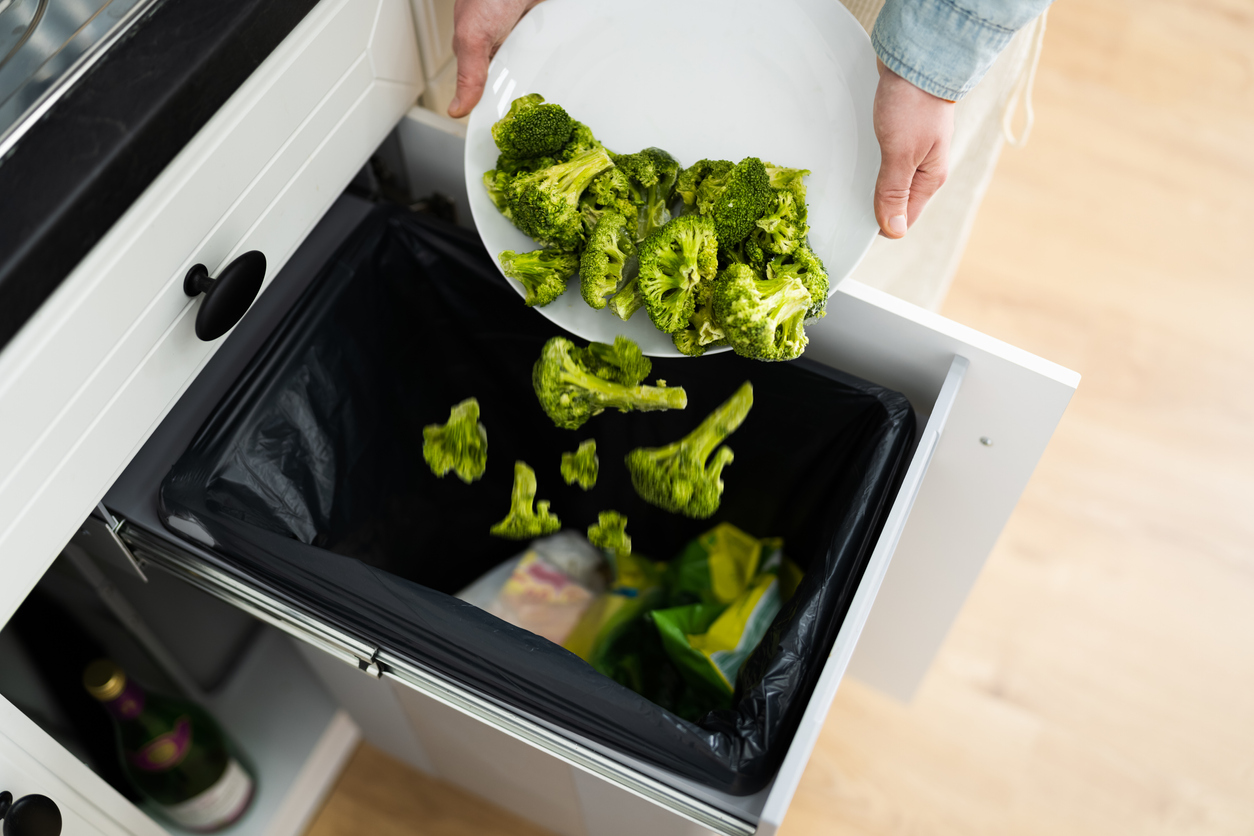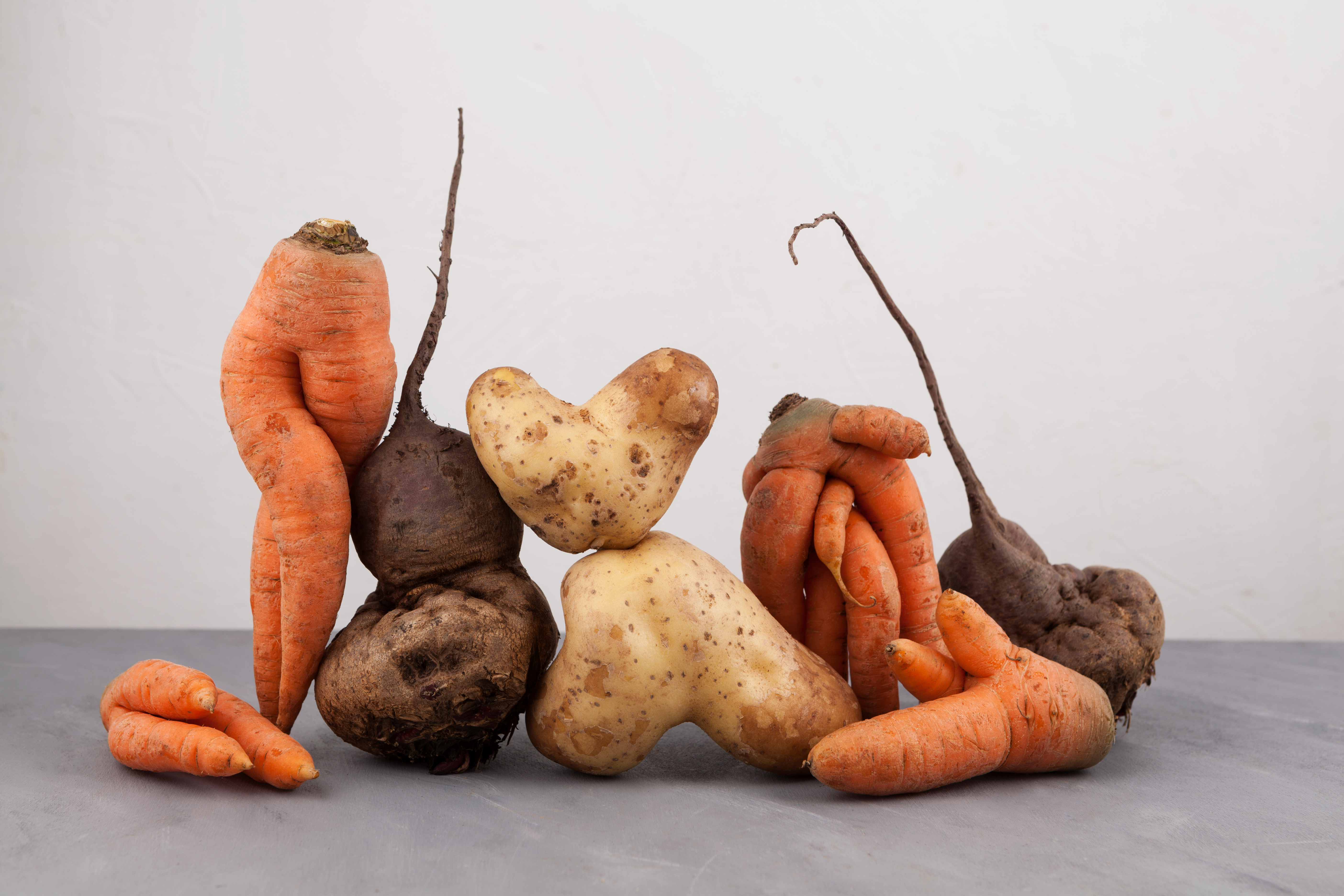
Solving the food waste-hunger paradox
Every year, one-third of all food produced for human consumption globally is either lost or wasted. And according to the most up-to-date figures, over 1.6 billion tons of food are wasted every year. That's a value of approximately 1.2 trillion dollars – and it’s a fact equally true to the one that roughly 690 million people go to bed on an empty stomach each night. Knowing that 81% of all food waste is edible, what can be done to rescue it – and can rescuing it help end world hunger?
Food waste is responsible for 10% of the global greenhouse gas emissions – and to put that into perspective, if food loss and waste were its own country, it would be the third-largest emitter of greenhouse gas emissions in the world. In need of some good news right about now? Minor changes to our daily habits can make a substantial global impact – and multiple innovations are here to help. But while global attention is rising, and the UN wants to cut the waste in half by 2030 (SDG12.3), we have a goal of Zero Hunger by 2030 (SDG2) to achieve, too.
If recent trends continue, the number of people affected by hunger will surpass 840 million people by 2030, according to the UN. And in that lies a paradox bright as day: In some parts of the world, we struggle with food abundance, while in others, we struggle with food scarcity.
Changing our habits
To start with SDG12, food waste has become a global issue: buying more food than is needed, letting fruit and vegetables go into decay – or putting more food on the plate than we have a hunger for. One-third of the food that we produce is wasted - so we need to change our habits. But how? With the help of innovations, sustainable eating and consumption can be more straightforward than we think.

During the pandemic, the popularity of apps to solve the food waste issue has increased – and around the world, dozens of apps are now diverting perfectly good food away from bins and into rumbling stomachs, transforming the way we think about food.
Want to save money, surplus food – and the planet?
Paris, London, Copenhagen, Madrid, Toronto, and Amsterdam already have it – and with their "magic bags" and "waste warriors", Danish Too Good To Go is now hitting the streets of America. Being a social impact company, TGTG fights food waste with a simple mobile app that lets you rescue delicious surplus food from shops and restaurants at a reduced price – stopping it from going to waste at closing time. And did you know that since launching in the US, consumers and food businesses have saved over 1.2 million meals in just one year? Continuing to save one meal per second, in 2021, the company showed up at the global top 10 over the most downloaded food and drinks app of the year, globally.
"The US has really embraced our super-simple concept for saving surplus food, to the point where we've never seen this amount of impact and growth in a new market this quickly"
"The US has really embraced our super-simple concept for saving surplus food, to the point where we've never seen this amount of impact and growth in a new market this quickly," said Lucie Basch, Co-founder of Too Good To Go, today present in 17 countries.
Also, the Swedish food waste startup Karma has done a good job convincing thousands of deal-hungry consumers to use the app, allowing retailers to sell them their surplus food at half the price. Through the app and their meal boxes, they make the most of surplus food and have rescued tons of food across more than 225 cities until now. Even former President Obama is a big fan.
Luckily, the movement against food waste can be found in most parts of the world. In India, the Feeding India app focuses on food donations for those in need – mobilizing surplus food towards those otherwise going to bed on an empty stomach. Restaurants and individuals can sign up to donate food that gets collected and distributed by a non-profit's network of more than 4500 volunteers. According to the U.N. Food and Agriculture Organization (FAO), these regular feeding programs run in more than 45 Indian cities and have served over 4.8 million meals so far, fighting food waste and hunger at the same time.
A long – two lane – way to go
Luckily, food waste is on the agenda in many countries – each bringing to the table new local apps or other innovations with the purpose of rescuing more food and, directly or indirectly, bringing it to those in need. However, to reach SDG 12.3 and SDG2 by 2030, we need to pick up the pace. Initiatives like these must continue to turn up, spread, and develop. Because according to FAO, reversing the world food waste trend would preserve enough food to feed 2 billion people. Meaning: There would be enough for everyone.

PS: Did you know that one-third of all fruit and vegetables are tossed away before they even reach the shop shelves? And do you know why? In big parts of the world, they're simply deemed too ugly, bumpy, or scarred for a consumer to love. "That's insane," you might think – but do you recognize the decision to reach for the prettiest tomato in the supermarket yourself? That's right. Lots of food waste also stems from the tiny everyday decisions and habits of the ordinary consumer.
Listen to the Nordic Talks podcast episode 'Ugly vegetables need love too' to learn even more about food waste and the horrifying destiny of unattractive fruits and vegetables. Can embracing ugly help save our planet, too?
A little more info:
-
Transforming our world: The 2030 Agenda for Sustainable Development by the UN UNEP Food Waste Index Report 2021 by the UN Environment Programme
-
Goal 2: Zero Hunger by the United Nations
-
Goal 12: Responsible Consumption & Production by the United Nations
-
8 Facts to Know About Food Waste and Hunger by World Food Program USA
-
Food waste: Amount thrown away totals 900 million tons by BBC
-
Tackling food waste around the world: top 10 apps by The Guardian
-
We Are Wasting a Massive Amount of Food. Here Are 4 Concrete Ways to Change That by TIME
-
7 best food waste apps for more sustainable eating habits by the Independent
-
15 quick tips for reducing food waste and becoming a Food Hero by Food and Agriculture Organization of the United Nations
-
Preventing food waste – better use of resources by Nordic Council of Ministers
-
To Good To Go reducing food waste one click at a time by Food Business News